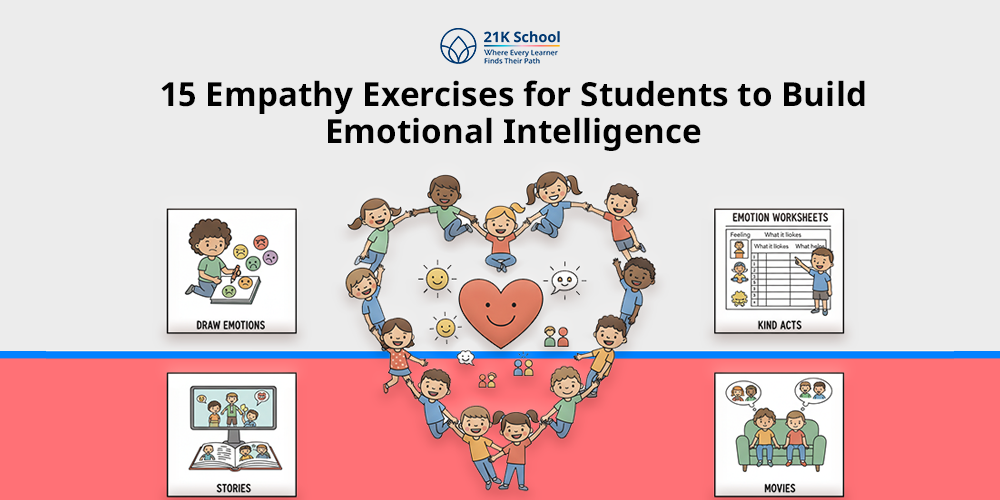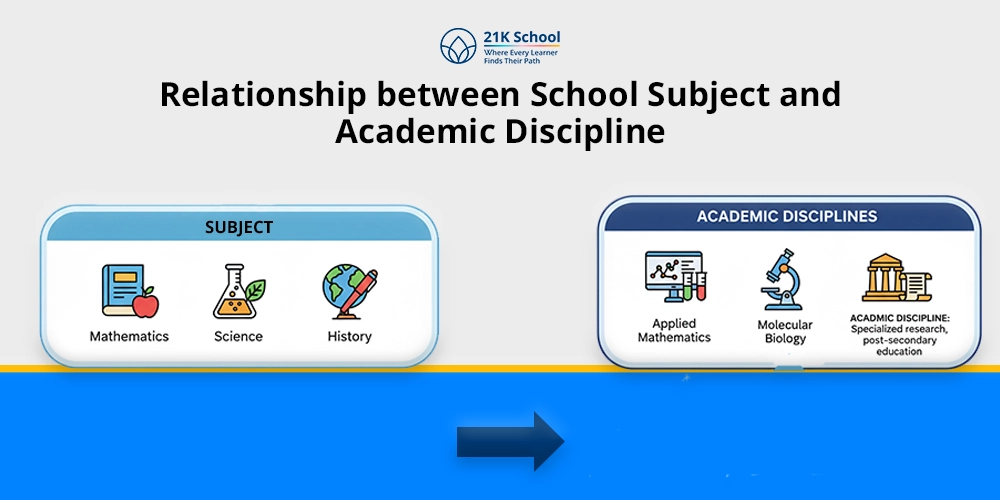
Did you ever consider how important empathy is to a child?
Empathy is the capacity to feel what another is experiencing, it is called empathy. More kindness, respect, love and compassion in the world need empathy; which makes people more aware of the environment and other cultures of the world.
Empathy is when kids feel what they see in someone else’s mind and thoughts. Empathy is taught in stories, movies, board games, diary sharing etc.
But also teachers who know the kids and their needs and who can give them personalised learning are needed too.
Table of Contents
What is Empathy?
Empathy is a feeling – knowing what another person feels. Empathy is the ability to understand another person’s feelings, thoughts and needs.
The word empathy was introduced into English in 1909 by psychologist Edward Bradford Titchener.
In Vischer’s translation of German Einfuhlung is replaced by the word empathy; this has been recovered from Dorsey’s translation of Titchener.
So the students can experience it with another person. It includes beliefs, desires, emotions, relations and actions. Then students need to learn empathy so they can judge with judgement and do justice to their feelings.
Top 15 Empathy Exercises for Students
Children learn how to be empathic through experience. With empathy students learn to understand other people and feel sad for them. Here are 15 activities to help students develop empathy.
1. Draw Emotions
Drawing and art can be a way for kids to know about feelings. Kids need teachers and parents to help them draw things like faces, scenes, non-literals etc.
So they learn about different emotions – how they feel & what others do too. It also makes them more emotionally intelligent.
Explore creative drawing ideas for kids.
2. Emotion Worksheets
A worksheet on emotions might be another way to teach empathy. Give the college worksheets to students to check on their feelings at different times.
We asked them why it was so, who was the biggest cause and how they responded to emotional literacy.
3. Kind Acts
You could also try being nice to people. Try another activity to see if pinning the tolerance level of the child helps others.
Kindness teaches students to see things differently and to love all things.
4. Stories and Movies
Stories and films are other ways of making people feel empathy. You can make students emotionally literate with stories and films.
Defending such narratives allows students to experience different emotions and thoughts. And that enables them to get sympathy too.
5. Board Games
Board games are also empathy friendly – students work in teams. This teaches teamwork, communication and respect for other people’s feelings.
Such a thing would let people learn how to work together, how to see things from another person’s perspective and so on in an enjoyable and interactive way.
6. Journaling
Students can keep diaries of what happened that day, what emotions they experienced, and what interactions occurred.
By relating personal feelings to others, reflective journaling increases self-awareness and empathy.
Learn about self awareness activities for students.
7. Talk Nice
Always try to speak well in a positive, conscious and upbeat way with others in class or at home-use good language.
So it is also a way of talking to children and other people in a friendly way.
8. Sharing
It helps to share with others so you can grow in success and kindness. Children need to share the resources and what they are thinking as well as their own experiences, likes and dislikes amongst themselves. Empathy and trust would then develop in children.
9. Helping Others
Students should help their teachers and relatives and friends with jobs done or at least get out of a bad situation.
Helping someone makes other students responsible, caring and close to the feelings of others makes them more empathetic.
10. Respect Elders
Teaching students to respect elders will make them more thoughtful and polite. Students ought to hear the elders, have faith in them and be surprised by what they find out.
So that helps the student to be patient with the variety of opinions and to respect that variety of opinions.
11. Kindness to Animals
Empathy teaches kids how to be gentle with animals. Raising a child to be animal loving is fun because it makes the child feel more compassionate towards other children.
So kids can like all beings of all kinds and respect them regardless of differences.
12. Plantation Activities
Teachers take their students and they can do the activity on the ground and they can plant a garden or some plants and they can be cared for too.
Planting trees in active ways teaches children about nature and responsibility too. Having fun in learning makes students think about knowledge and the real world.
13. Community Service
Involving students in community service is another way of making them learn better. Children can be cleaning, donating or working for community organisations locally.
Learners who participate learn about the needs of different members of their communities and how to serve more than one person at a time, and hence, they develop empathy.
14. Active Listening
Students learn empathy through active listening. Absolutely not hearing things is the issue – it’s the way of developing listening skills.
Active listening enables us to understand others and to form emotional bonds.
15. Role Playing
Role-playing activities have students play a character in different situations. They get to experience that feeling of being in the other person’s place and seeing things from both sides at the same time. So they can learn empathy.
Ending note
Students should learn empathy and compassion. It will make them more empathic, they will give others what they deserve, and they will be known emotionally.
They also learn how to read other peoples’ emotions and they can model how they feel by painting a picture, telling a story, role playing and volunteering in the community. “
That kind of work develops their social skills, emotional/interpersonal skills as well as their ability to be neighbours to other practitioners.


